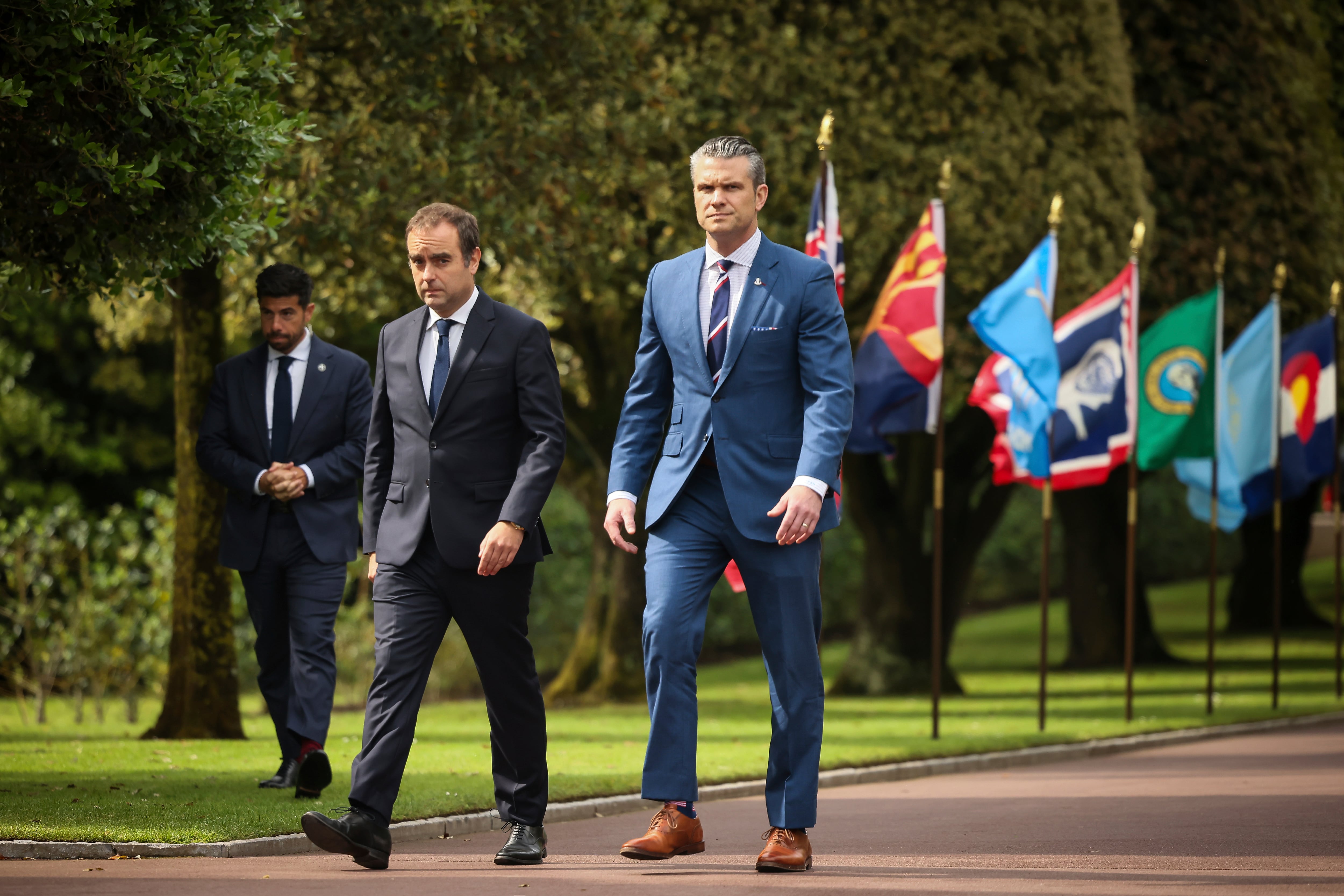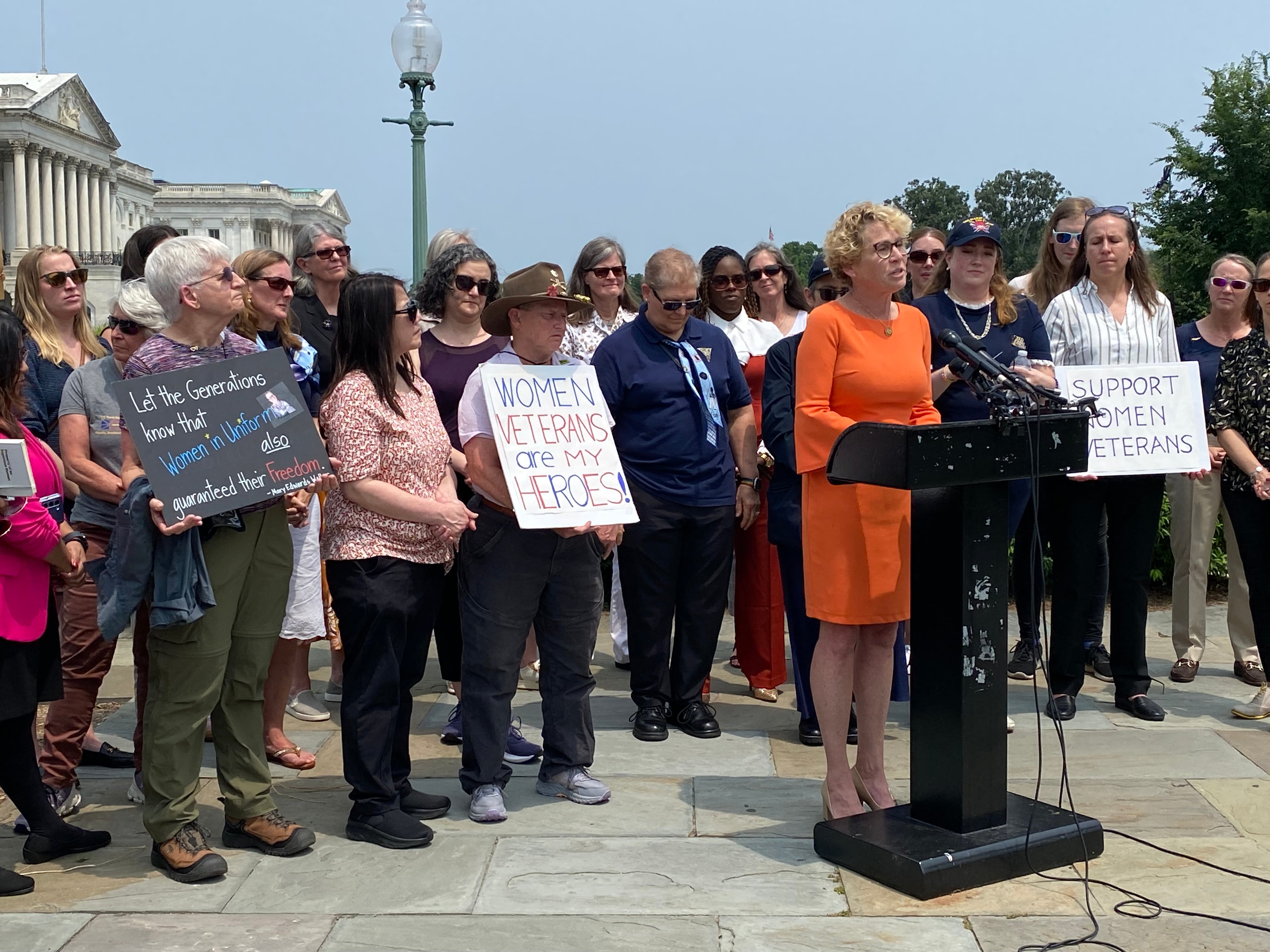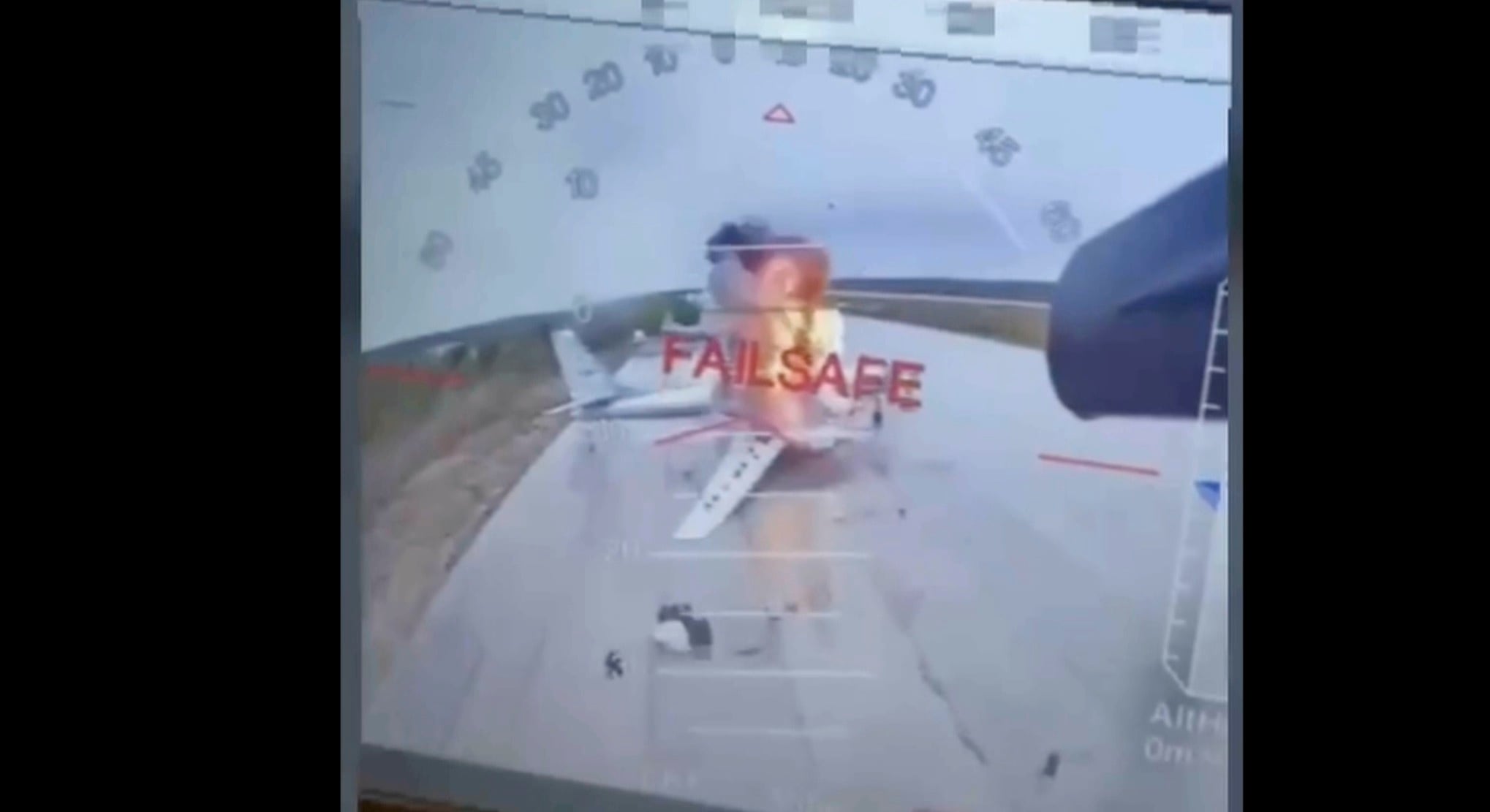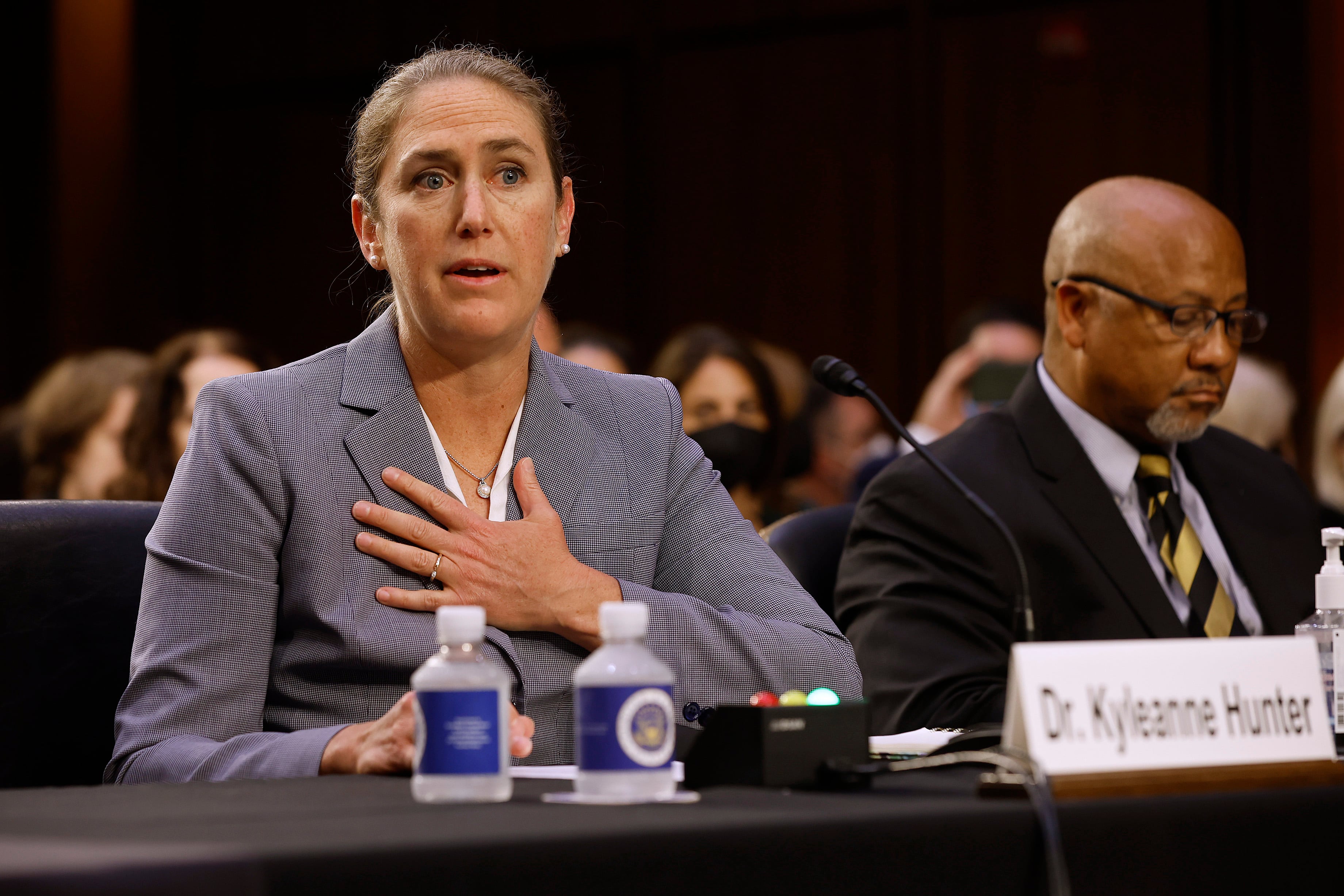A year ago, the National Guard made headlines as a 2018 report showed that, for the first time, its suicide rate had not only outpaced the other services and reserve components, but that of the general U.S. population in the same age range.
According to numbers released Thursday by the Pentagon, the Guard saw a significant drop in suicides during 2019, from 136 down to 89, for a rate of 30.8 per 100,000 to 20.3 per 100,000.
“While we are guardedly optimistic at the decrease, it takes some years to study and look at the data to really come to any conclusions,” Air Force Maj. Gen. Dawne Deskins, the deputy director of the Air National Guard, told Military Times on Friday.
At the same time, the active-duty component saw an increase from 324 to 340 suicides, up 1 percent, from 24.9 per 100,000 to 25.9 per 100,000.
The Reserve saw a decrease from 81 to 65 suicides, 22.9 per 100,000 to 18.2 per 100,000.
Despite the success on paper, the Guard is bracing itself for a possible uptick this year. In addition to the general stress on everyone living in 2020, and the somewhat predictable response to hurricanes and other natural disasters, tens of thousands of Guardsmen have endured the added pressure of mobilizing for weeks or months to help their communities ― or in the case of Washington, D.C.'s June protests — communities hundreds of miles away.
More than 70,000 Guardsmen saw their units activated either in response to the COVID-19 pandemic or in support of local law enforcement efforts to control nationwide protesting that began in late May and continues in some cities. Some troops did both.
In either case, they are now possibly grappling with the stress and trauma of not only being out in the community during a highly contagious and deadly pandemic ― including testing citizens for COVID-19 themselves ― but dealing with the anxiety of whether they would catch the virus themselves, possibly die of it, or possibly infect someone else who could die.
At the same time, the tens of thousands mobilized for protest response, some who traveled as from as far away as Utah to protect the White House. Though most were unarmed and their mission never included law enforcement, the specter of whether they would be attacked by protesters in the street, or have to use lethal force in their own defense, loomed large.
“We don’t even know what the impacts are going to be of this stress,” Deskins said.
Making progress
The Guard has been shoring up its suicide prevention efforts in recent years, standing up programs to collect data from across their 54 states and territories, as well as providing resources for state-led pilot programs to head off the root causes of suicide.
As of late September, there are currently 22 of these programs running across 29 states. They focus on a range of issues, from substance abuse to physical fitness to employment assistance and sexual assault prevention.
That’s up from 12 that were running at this time last year, but it’s too soon to tell what kind of impact they’re having, including whether they contributed to the drop in suicides this past year, according to Capt. Matthew Kleiman, a U.S. Public Health Service officer who serves as the Guard’s director of psychological health,
“Our initiatives ― while can’t specifically correlate those initiatives to those statistics, we are encouraged by the fact that when we initiated a lot of these strategic initiatives … the numbers have dropped since then,” he said.
But they will try, he said, by crunching the numbers on engagement with the programs.
“If we can help put these solutions in place, that is really where we’re getting at suicide prevention upstream,” he said.
However, determining how many suicides they have prevented isn’t really possible, outside of anecdotal evidence they may pick up along the way.
“That is the holy grail of suicide prevention — how do you know how many lives you’ve saved?” he said. “Unfortunately you’ll never know, and that’s kind of something we have to live with.”
On the other hand, suicide prevention efforts are so wide-ranging that the benefits can be felt in more than just the hard numbers.
“While we certainly want to see those numbers go in the right direction, our focus has really been on relationship issues, financial issues, stress, mental health, access to care,” Kleiman said. “If we can do that right, we think we’re going to have a positive impact on the problem.”
Looking ahead
Information provided ahead of the Defense Department’s 2019 suicide report, released Thursday, suggests that military suicides may be up as much as 20 percent this year.
While Kleiman said that the Guard so far as not seen an upward trend in suicide this year ― and cannot comment on those numbers until DoD releases them next fall ― there are efforts to get in front of 2020′s trauma.
RELATED
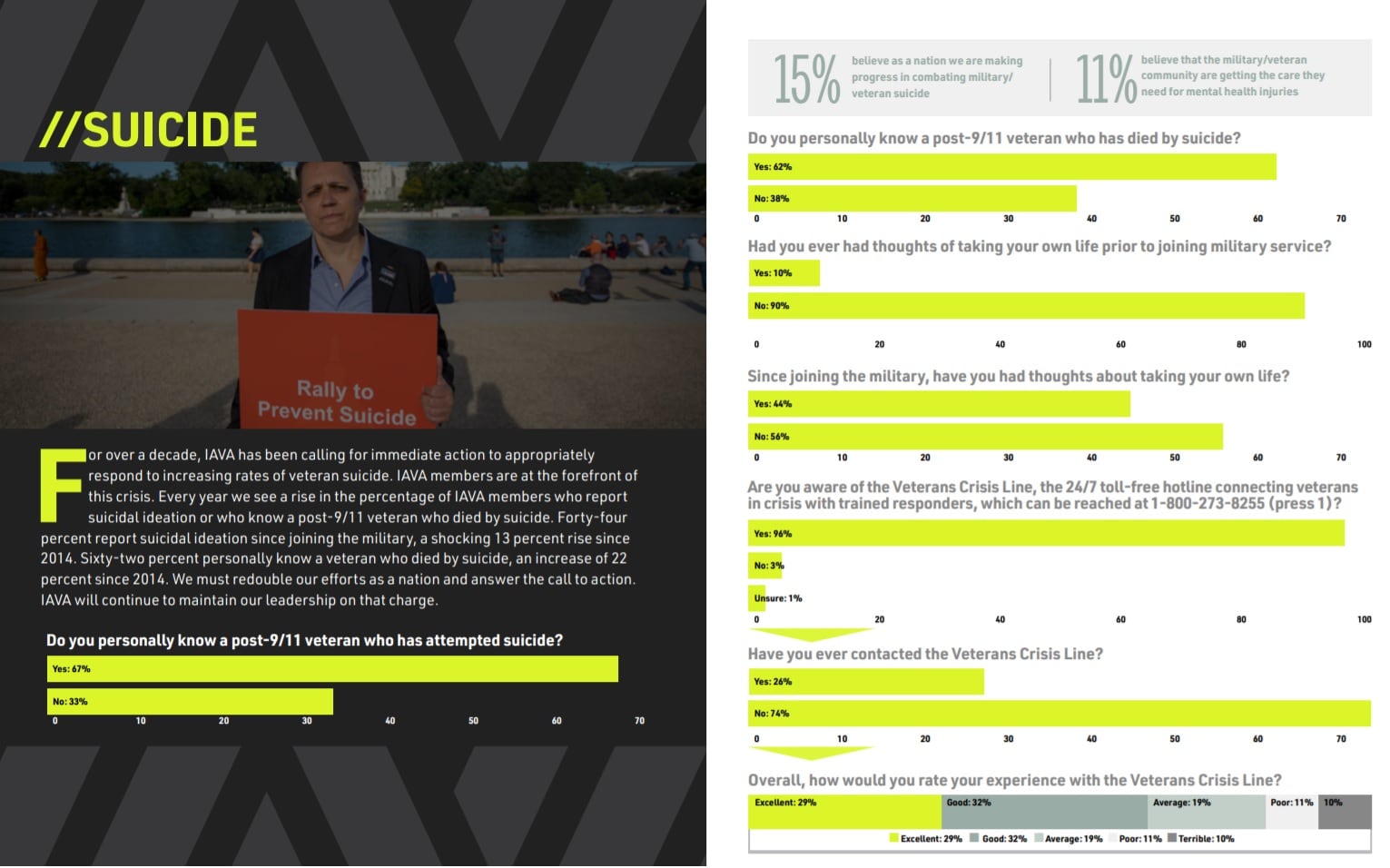
The Center for the Study of Tramautic Stress, under the Uniformed Services University of Health Sciences, is studying the New York National Guard’s COVID-19 response and experience.
“That actually will directly impact our strategic effort going forward,” he said. “We don’t want to just make guesses about how this might be affecting our total force.”
The Guard is also working on closing the gap between access to behavioral health support while on orders and while in the civilian world, by striking a deal with the VA to bring its Mobile Vet Center units around on drill weekends.
“We’ve seen an increase just since we started doing that,” he said, with a 14 percent increase in members getting help during drill and 44-percent increase of using Vet Centers overall.
The hope is that these efforts will be enough to response to a possible surge in demand for mental health resources in the fallout of 2020.
“I’m concerned of what we’re going to look like over the next few months and years at the other end of this,” Deskins said. “I just don’t think we know.”
Meghann Myers is the Pentagon bureau chief at Military Times. She covers operations, policy, personnel, leadership and other issues affecting service members.

